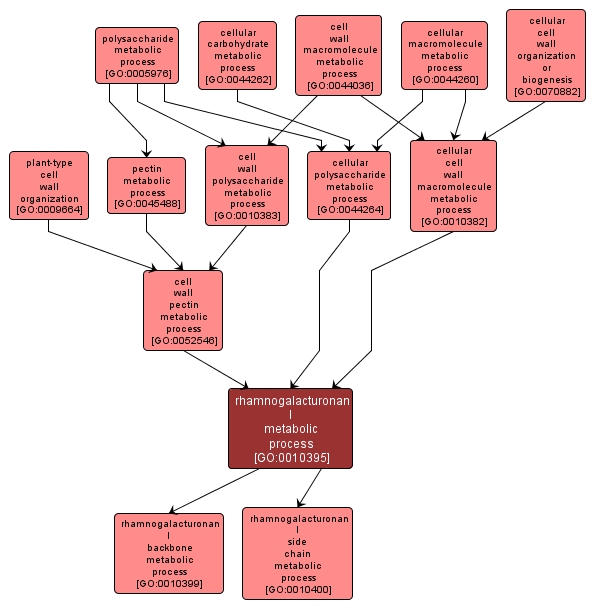| Desc: |
The chemical reactions and pathways involving rhamnogalacturonan I (RGI), a branched pectin with a backbone of alternating alpha-(1->2)-linked rhamnose and alpha-(1->4)-linked D-galacturonic acid residues that carries neutral side-chains of predominantly beta-(1->4)-D-galactose and/or alpha-(1->5)-L-arabinose residues attached to the rhamnose residues of the RGI backbone. |














